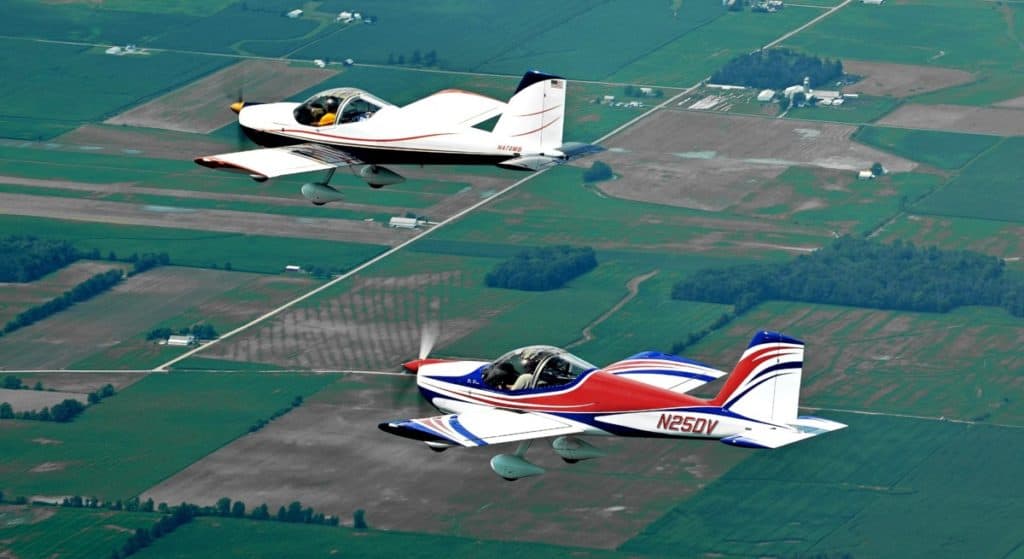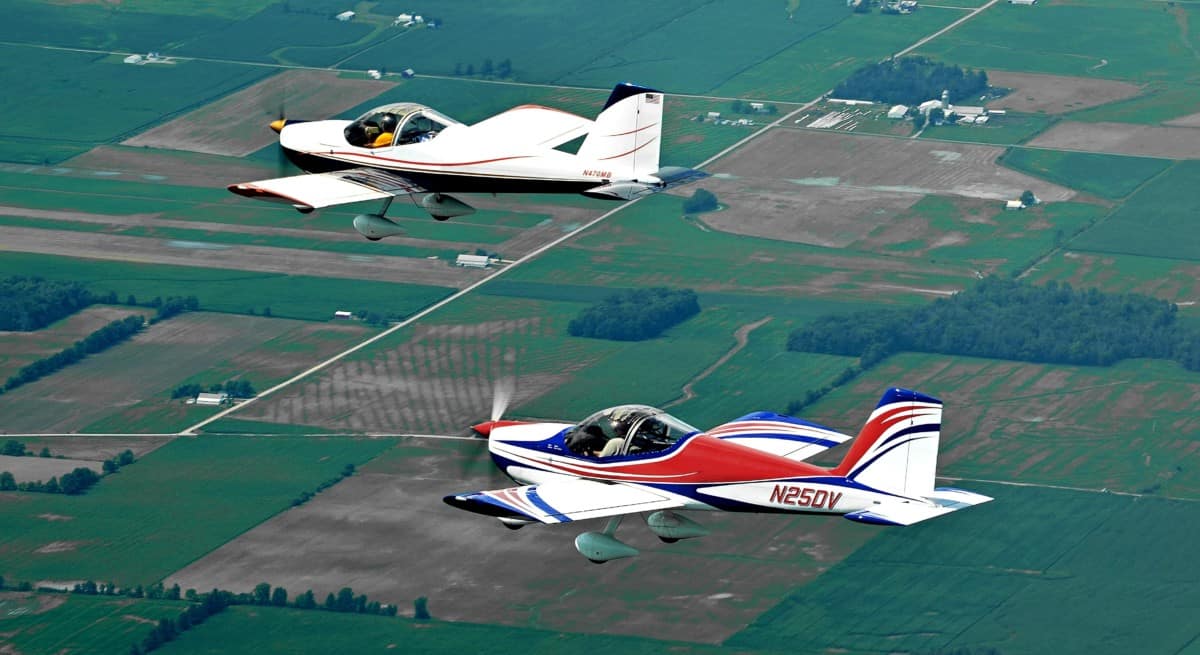
I was out flying in a remote part of the country the other day with a group of geologists who had never flown in the remote wilderness before. They could hear me talking with other pilots over the radio and one of them asked why I was talking to pilots and not air traffic control.
Pilots can talk to other pilots and air traffic controllers that are on the same frequency. Pilots will relay radio messages for air traffic control, advise other pilots of weather or turbulence ahead, or when operating in remote areas will liaise with one another when no air traffic control is available.
Depending on where you are flying there are times when pilot-to-pilot talk is encouraged, however using it in the wrong locations can soon get you yelled at by an air traffic controller (ATC), or reported to the Feds.
If you would like to find out more, please read on…
Can Pilots Talk To Other Pilots?
Communication in aviation is one of the most important parts of flying to ensure safe airspace. During pilot training, a student is taught how to properly communicate, when to communicate, who to communicate with, and also when not to communicate.
The general rule is that only timely, relevant, and pertinent information should be heard and spoken over a radio transmission, especially when in very busy airspace like those surrounding major international airports.
Most pilots are usually only talking with their respective air traffic controllers, that air traffic controller however maybe also talking with 20 other pilots who are all on the same radio frequency. The key is for pilots to keep a listening watch for the air traffic controller to say their aircraft registration or flight number, then followed by the information they wish to communicate.
For Example:
“Delta 74, turn right heading two four zero, climb flight level one six zero”
This is basically the air traffic controller telling the pilot of flight Delta 74 to turn clockwise until on a heading of 240° and climb to 16,000 feet.
This is the most common form of aviation communication that most people hear. The radio message follows all the points mentioned above regarding pertinent information and allows the pilot to quickly acknowledge so the air traffic controller can move on to controlling their next aircraft.
Learn More…
Try These Articles:
* How Long Do Airplanes Last?
* How Do Aircraft Get Washed?
There are times however when pilots talk directly with other pilots and here are some of the most common scenarios:
Brief ‘Chatter’
It is not uncommon to hear quick sentences or paragraphs communicated between pilots, especially at less busy airports. A quick “Hey Pete, How are you doing?” or similar is often heard as pilots flying in and out of the same airports usually get to know one another, as well as the air traffic controllers, although it may only be via a ‘Radio Relationship’ where they have never met in person.
Chatter and unsolicited talking over the radio at large busy airports is not tolerated and will be quickly shut down by other pilots or air traffic controllers. Repeat offenders can be reported to the authorities who can then follow up and discipline under the regulations.
Generally, most pilots keep the chatter to zero in busy airspace.

Join My Newsletter & Get Great Tips, Information and Experiences To Help You Become a Superb Pilot!
Relaying Messages
Air traffic radio communications are line of sight so this means if there is a mountain, the curvature of the earth, or something similar blocking the direct radio signal from the aircraft to the air traffic controller or vice-versa, the radio transmission will not be passed.
To overcome this, pilots flying an aircraft at higher altitudes can relay messages back and forth between ATC and other pilots.
This can be incredibly helpful and is one of the most used ways for Mayday messages to make it back to ATC so that rescue can be initiated.
Remote Locations
When flying in remote locations there is usually no air traffic control. Due to the lack of traffic, the low-altitude areas of the world not only prevent radio signals from reaching aircraft from ATC but also do not warrant the cost to install and maintain radio communication technology in these areas. Most of Canada is remote and uncontrolled airspace under 12,500ft above sea level.
During flights in these locations, it is up to the pilot to maintain a listening watch on the designated air-to-air frequency for that particular area and to make position reports to allow other pilots flying in the vicinity to understand where they are.

Learn More…
Try These Articles:
* Why Do Airplanes Fly in a Curve?
* How Do Airplanes Not Freeze In Flight?
You would be surprised how you can be flying in a remote area that you think is void of aircraft, only to hear several other pilots respond to your position report by calling out their positions too. It can be like a domino effect!
These ‘Blind’ calls are good airmanship and have saved my rear end from a few potential close calls in my career, especially when the weather is poor and everyone is flying low to the ground!
Airports or airstrips in remote locations are rarely ever manned by an air traffic controller. It is then up to the pilots to switch over to the airport frequency and organize themselves for landing, taking off, and maneuvering around the airport.
Even if the pilot thinks there is no other aircraft around, making the radio calls to inform other pilots they are about to taxi to the runway, take off, land, etc can help save a near-miss just because pilots thought the was no one else there.
Designated Frequencies
There are frequencies set aside for general aviation that no air traffic control is on. One of the most common frequencies in North America is 123.45. When pilots wish to chat or have a short conversation, especially in remote areas you may hear a pilot tell another pilot to switch to 123.45 so they can chat and not tie up the common air-to-air frequency within the area.
Although this frequency is not used by ATC most pilots still keep their conversations short as anyone else who tunes in to 123.45 will be able to hear and also reply if they wish.
Formation Flights
When there is a flight of two or more aircraft it would be silly for all the aircraft to make the same calls to other pilots in the area, or air traffic control.
During these flights, the pilots will chat about who will make the calls on behalf of the formation to keep the frequency from getting congested.
The pilots will talk either before taking off or may use one of the air-to-air or unused frequencies to sort out the information before switching over to the frequency used for air traffic control or local uncontrolled airports.
The pilot tasked with making the radio calls will communicate the call as normal but will then add “Flight of two, three, etc” to the end of the call so other pilots or air traffic control will then know there is more than one aircraft in that particular location.


